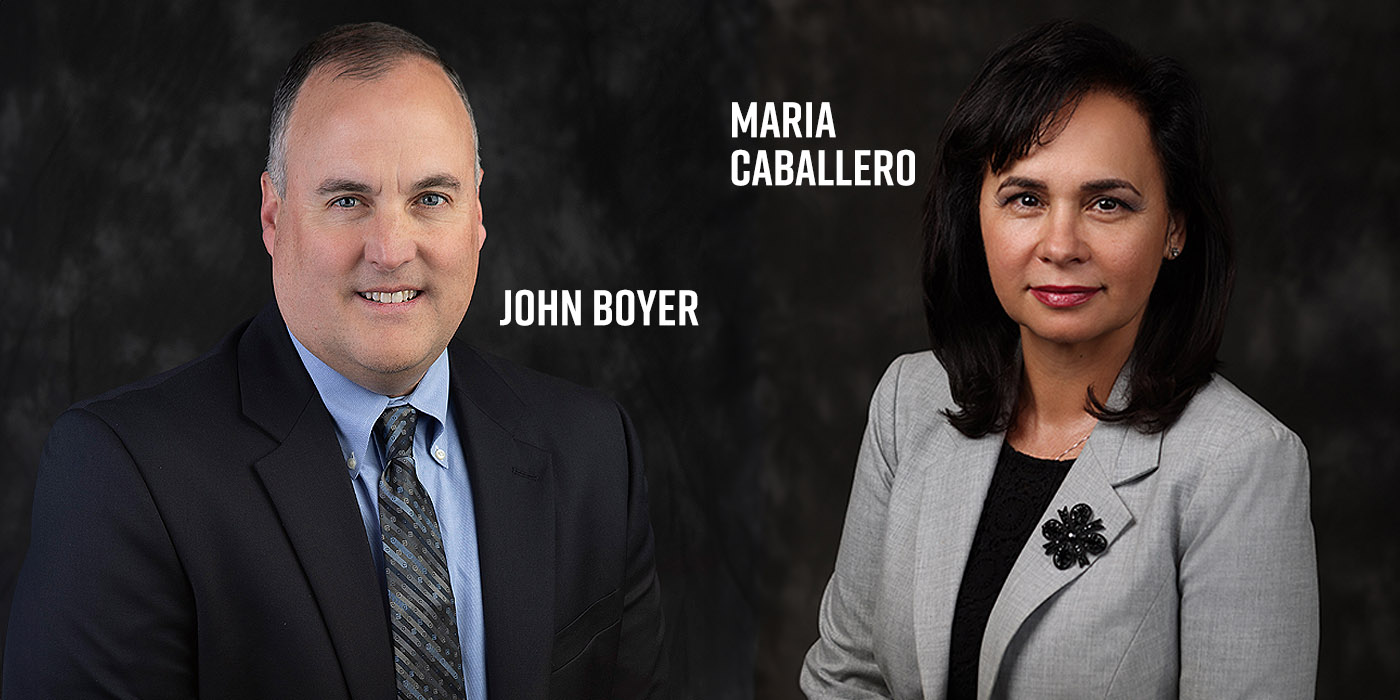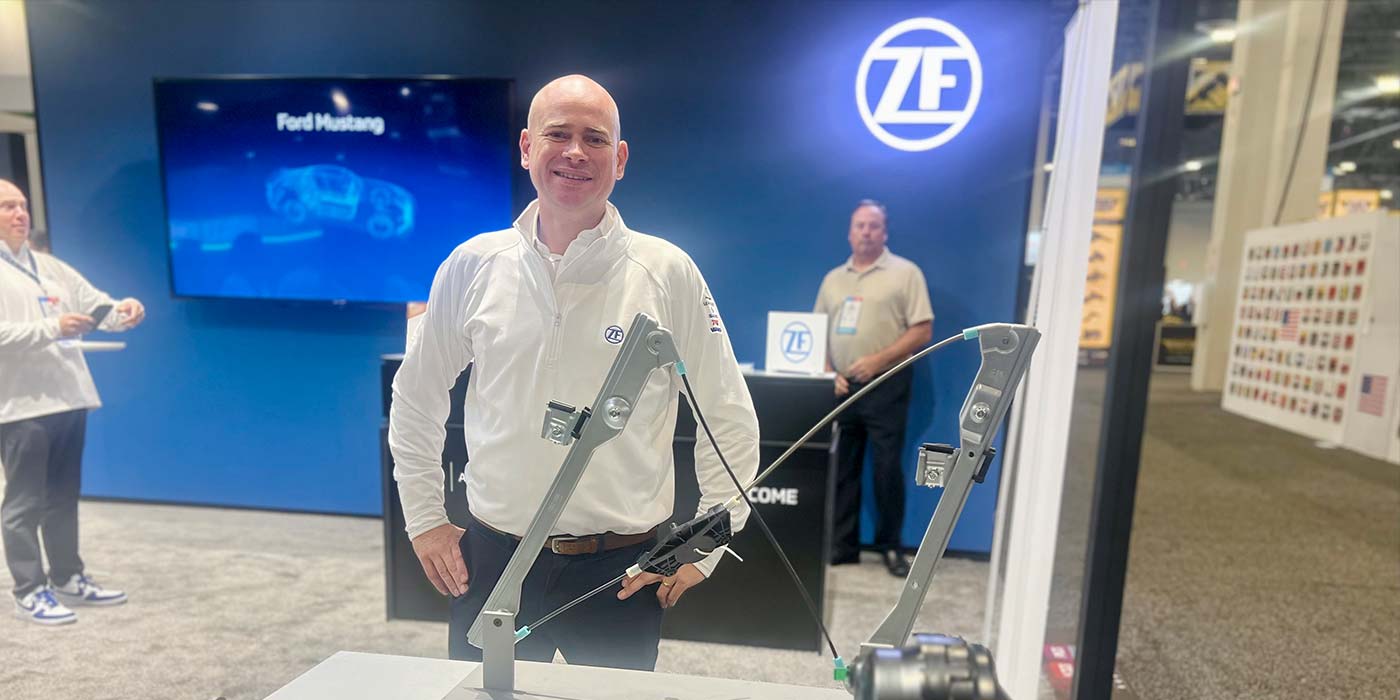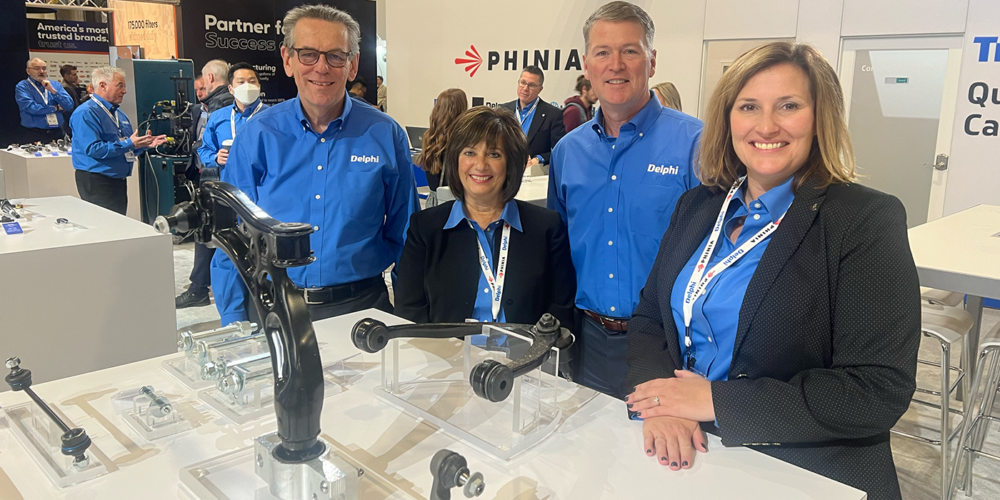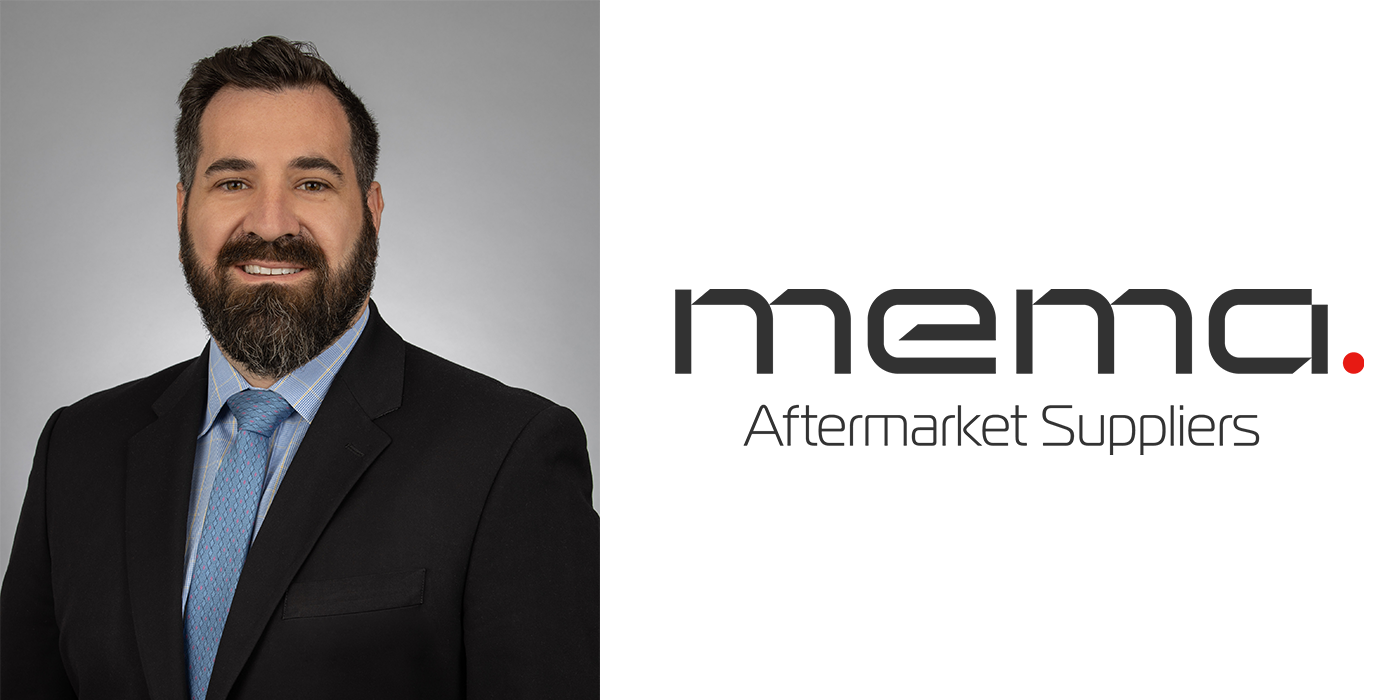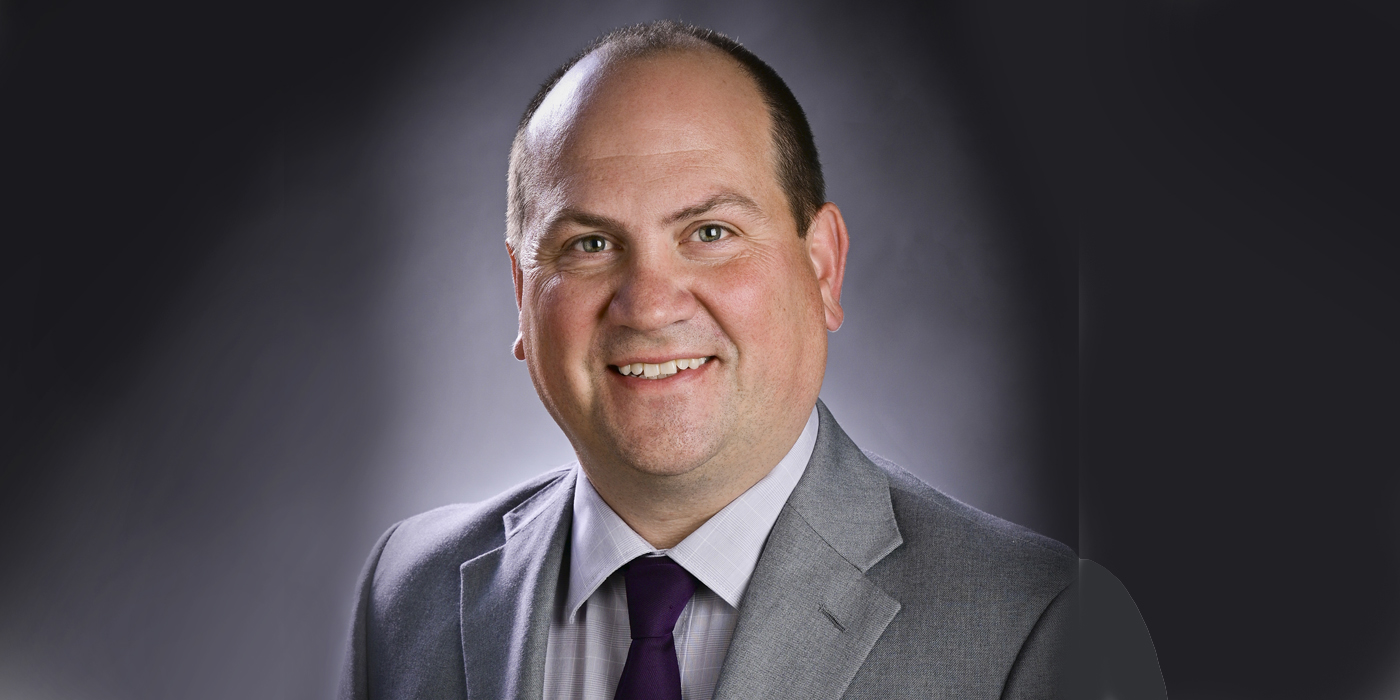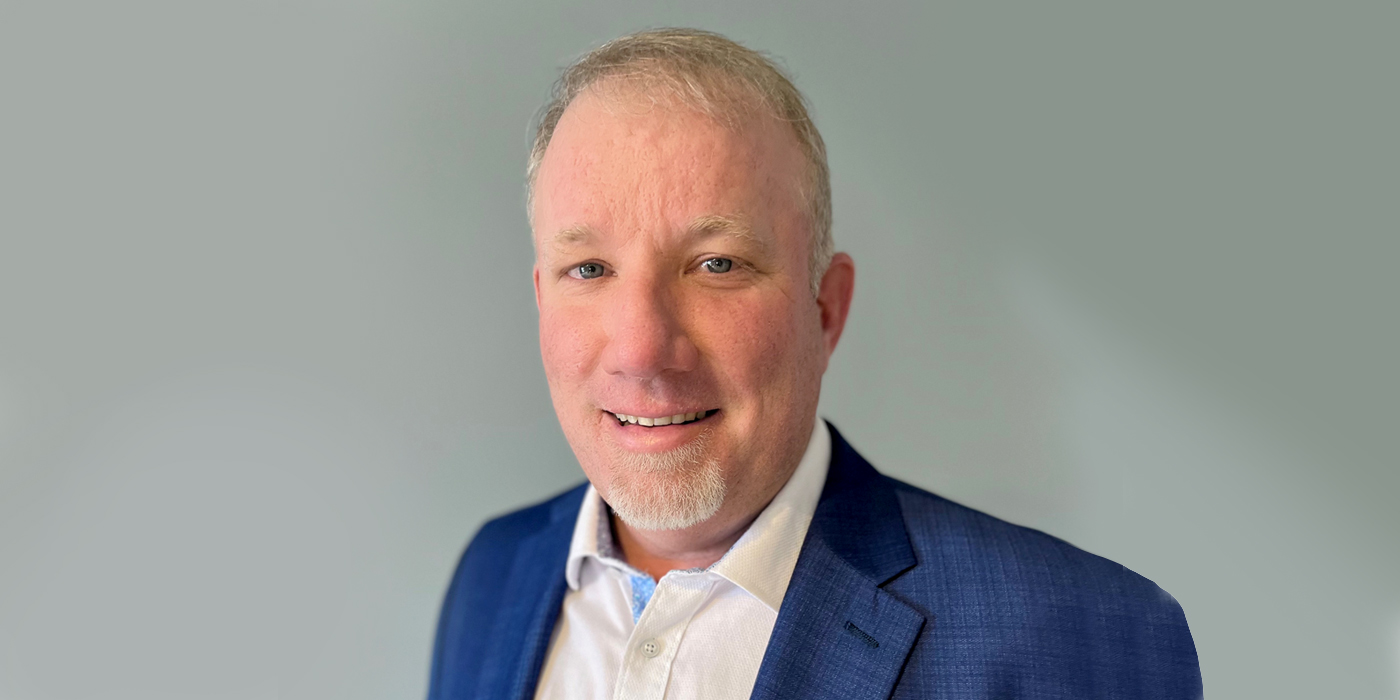
SAN RAFAEL, CA —
The Marx Group was founded in Los Angeles more than two decades ago, in 1984. Since 1997, the full service marketing communications company has been based in Northern California, and includes a staff of eight, with locations in Chicago (public relations), New York (creative), Los Angeles and Denver (account services).
The Marx Group began as an advertising agency serving the apparel agency. Today nearly three-quarters of its business is focused on the automotive aftermarket. Join us as the company’s founder, Tom Marx, shares his experiences from a colorful career as a professional race-car driver, repair shop owner, author and advertising executive, and gives us the keys to getting sales and marketing to work in collaboration.
How did you get involved in the aftermarket?
My interest in cars started when I was a kid growing up in car-crazed Southern California. When I was around 10 or 12 years old, I actually had scrapbooks full of pictures from every car manufacturer. I could identify every car on the road. It was all but a hobby until I got into college. While I was in journalism school, I was invited to a Porsche club event by a friend. He said, “Come join me and drive this car.” So, I went out there and drove the car. No only did I beat him, I also got the fastest time of the day. I really enjoyed it, but didn’t realize where it was going to lead. That lead to was getting very involved in motorsports. To pay for that hobby, he and I opened a mail order business selling racing parts, driving uniforms and Porsche performance parts. The business was called International Racing Services.
Eventually, we started to repair Porsches. My business partner and I were living in a house we rented in the San Fernando Valley and one day I looked over and saw that we were rebuilding carburetors in the kitchen and I said, “That’s enough.” We moved into a shop and became a legitimate business. For almost 15 years I had this Porsche repair shop and mail order business. That led to a racing career. I raced in SCCA as an amateur, then went into TransAm and IMSA as a professional. I raced a variety of cars – Porsche, Camaro, Corvette, Nissan, Toyota,VW and Saturn – on tracks around the country. I was a professional racecar driver for almost 15 years of my life.
Through all of this I had an advertising agency in downtown Los Angeles that was pretty much focusing on the apparel industry. Gradually, I began to work with car dealerships, parts companies and service dealers and stopped doing fashion advertising entirely. We also started to do more consulting. The result of that was changing the name from Marx Advertising to The Marx Group in the mid 90’s. During that time, we had offices in Los Angeles and Park City, Utah. Today, we are based in San Francisco, with people working for us in Los Angeles, Chicago, Denver and New York. We touch a variety of different industries, however the aftermarket represents about 70 percent of our client base.
It appears that the model of the traditional advertising agency has significantly changed over the past 10 years. What has brought that about, and how do you see clients and agencies working together in this new era?
I think there were three primary reasons that brought it about. One was the dismantling of the commission system. I think the media got tired, especially in the recession of the 90s and again in the recession of the 2000s, of slow pay or not being paid at all. I think they were frustrated by the inability to deal directly with the client because they were forced to go through an intermediary. I saw the system starting to be dismantled in the early 90s and said, “I don’t think being a banker for our client is a very good way to run our business.” That’s one thing that has made a difference — the direct-sell relationship between the media and the client itself.
The second reason is the desktop publishing revolution, where a lot of work previously being done by an agency is now being done in-house, or by freelancers, or small design firms, without the fees that an agency needs to charge for its overhead. I think that was a huge change in direction.
The third reason is that also during the recession of the early 90s and 2000s, clients began to realize that some of the fees they were paying were outrageously high for the value they were receiving. At the end of the day, budgets are lower and the agency industry has had to adjust to this reality.
What’s happening in the new era is what we commonly call “The 3 Cs,” which stands for communication, collaboration and coordination, which means it’s no longer about who is making the money. It’s no longer about who takes ownership of an idea. It’s about the agency working very, very closely with its client. Some of the work is done in-house, some of its done outside, some of it is done through a third party. The reality is you must use the best resources to get the work done.
How have these changes applied, or not applied, to the automotive aftermarket? Do you feel that the aftermarket has kept up with changes in the advertising industry?
These changes have forced both client and agency to take another look at the way they work together. Clients demand far more accountability – in the form of results – from leaner budgets. Loyalty sometimes takes the back seat to the bottom line. Getting the work done by the best resource, rather than have the agency do it all, has become the new standard. And clients want a more strategic partner to support their marketing and sales initiatives. I think a lot of agencies promise strategy, but their strategy is what I consider to be narrow-in-scope and limited strictly to advertising, promotions and collateral, in other words, the design side of the business.
What we have found is that clients want a much more holistic approach to their marketing so that you are including sales, marketing, product development and customer service – pretty much any part of the enterprise that touches the customer. And, if the agency is focusing on building a sound strategy, the agency needs to be able to develop programs that are cost-effective and efficient.
How has The Marx Group adapted to the needs of industry?
We started looking at how we could be a strategy partner to our clients and focused less on whom is doing the work at the end of the day. We first build a strategy and then look at how we can develop a marketing road map. We then determine who is best to partner with the client to implement the components of the roadmap. It may be us, it may be somebody else from outside, it may be someone in-house, or a combination of all three. The goal is to find the most effective way to develop and implement a successful plan, not necessarily who executes the work, We really leverage the relationships with have with the media and our vendor partners, so we deliver outstanding value for our clients’ investment in marketing.
In your monthly online newsletter, Catalyst/AutoFocus, you frequently write about the lack of collaboration between marketing and sales teams. Is there a solution to this challenge?
We often find that marketing and sales teams operate in their own separate ‘silos.’ When they finally come up for air, the mood is oftentimes one of suspicion, finger-pointing and covering their backsides. We have a particular belief that marketing is a service organization that actually works for sales. It may sound like heresy to some people, but the role of marketing is to do what is needed to support the sales team’s success. After all, they are both working for the same goals – to grow the company and to make a profit. It makes sense when you say it, but I don’t think many people look at it from that perspective.
The solution is simple. Key members of the team, not just the leaders, along with the advertising and/or PR agencies, get together in one room and collaboratively think and create together. We call it a ‘strategic brainstorming process.’ During that process, all goals, strategies, issues and challenges are put on the table. At the end of the process we have a simple tool called a “Contract with Sales.” This is an agreement that describes the role that sales and marketing play with each other. It establishes check-in processes, benchmarks and communication standards between the teams, so that when they complete the process everyone understands what everyone’s role is and how they can communicate with each other. Having an actual written contract in place, as opposed to a verbal ‘gentleman’s agreement’ is much more effective and enables the teams to manage their accountabilities.
When you say ‘the teams,” you mean the teams from the companies you are working with?
Yes, I mean the internal sales team and the marketing team, but it should also include their outsourced agency or PR firm. All this is done above the table, not in the more traditionally clandestine manner, where the client goes off to their own world to figure out what they want to do then comes back and says, “Ok agency, come here. We want to give you a briefing. Here’s only what we want you to know and what it is we think you need to know.” Inevitably, when that happens, the agencies go off and oftentimes come back with something that is off-strategy because they don’t know all the background. It is withheld from them. We believe in a completely open environment and when we’ve seen it done, it works miracles. Full disclosure is the key.
What is the aftermarket doing right when it comes to marketing? Conversely, what are they doing wrong, in your mind?
I think there are a couple of things the aftermarket is doing right. For one, I think the companies that are doing business-to-consumer advertising — especially TV, motorsports marketing, consumer goods, in-store promotions – are doing a lot of great stuff. I think when you are consumer-oriented, the tendency is to look at your audience, understand the demographics and do the research to get the right messages to the audience.
Another thing the aftermarket is doing well is they are paying more attention to channel support programs. What I think they are not doing right is that sometimes these channel support programs come about in an accidental manner. We have found from working with clients that when you bring together distributors, for example, with a manufacturer’s marketing team, in an open environment just as we were discussing, they are better able to provide support directly to the channel, to both distributors and retailers. That really works in this business environment. I think this manner of collaboration and communication is starting to happen much more than it had in the past.
There are a couple of other things I think are not working. Companies are taking longer and longer to finalize budgets, which means by the time they get around to making final budget decisions, oftentimes it’s already January, or later. You then have this mad rush to get everything done in the first quarter of the year.
The second issue we see is that this industry has always been traditionally low in its marketing spending levels compared to other manufacturing-based industries. You have to invest money to make money. And sometimes there is a tendency to be ‘penny-wise-and-pound-foolish.’ Too much time is spent saving a few dollars.
Finally, there is a tendency within this industry, that once a company gets its second quarter results, they often go back and slash budgets, forcing everybody to do all their spending in the first five or six months of the year. That means they must make sure that they got their spending locked in early so they can’t lose it.
You often speak about the WIIFM model. What is it?
WIIFM stands for “What’s in it for me?” It’s shorthand for companies developing advertising and marketing messages that shift the focus from themselves to their customers. WIIFM is NOT about speaking about ‘why our company is great and why our products are great,’ it’s about designing messaging that is derived from those benefits the customer says she wants. This is a focus we use in our creative efforts to reflect what the customer at the end of the day really needs to know about the product(s).
To give you an example, we have a client who wants to develop a new training program and what they are doing is very intelligent. They are doing the research first. They are talking to the customers to find out what kind of training program they really want, rather than sitting down in a room and developing a training program in a ‘silo,’ – in their own little world — they are going out to the customers and asking, “What is it you want? What is it you need? What’s going to be most effective for you?” and then going back and designing something that is most effective, something based on the customer’s needs. That’s pure WIIFM.
Explain your marketing ‘road map’ including media, PR and marketing activities – what does that mean? What if a company needs this road map but needs to re-examine their marketing communications, as well?
The marketing road map is a map that follows the simple premise that in order to get someplace, you need to know how to get there. It starts with the ‘strategic brainstorming process’ that we already discussed and it includes what strategy and marketing activities need to be used – such as media, PR, sales and promotions programs, etc. The map is comprehensive, short- to mid-term focused and deals with recommended budget levels and marketing activities that are within a realistic range for the size of the company and their ability to spend. If you have this information in place, misunderstandings between a company and its clients seem to disappear. Everyone is on the same page.
It’s about establishing benchmarks so that while you are on the road, you can make sure you are on the right path. It’s a matter of establishing standards for return on investment.
You published a book last October, entitled “Marketing Sucks (and Sales, Too!”). What drove you to undertake such a big project?
First, a little bit about the title. The title is written in the first person – the sales team says, “Marketing sucks because they are not making it easy for us to sell.” The marketing team says, “Sales sucks because you don’t close the deals.” What you’ve got is both sides yelling at one another saying, “What you do isn’t working.” That was the metaphor for the title itself. The cover says it all – two warring teams in their separate silos.
We often saw that no matter how good a marketing and sales campaign is, sometimes the results just don’t happen. So we started looking deeper into the organizations of our clients and we found there was this profound disconnect between sales and marketing. Two teams, both essential to the success of their company, battling with each other rather than collaborating toward the same goals.
How the book came about was very serendipitous. We were working with a client that was talking about this thing he called ‘silos’ and the constant complaining about breakdowns of communication and a lack of coordination in their company between marketing and sales. We kind of both said simultaneously ‘Let’s write a book.” Eighteen months later, the book was published and it is now in its second printing. It was a big project that included my co-authors, Fred Janssen and Tom Herndon, and our publisher [Benchmark Portal Press].
We’re actually in the midst of designing an outline for a second book. We found that our first book did a great job of defining the problem, offering a solution and providing tools to solve this ‘silo’ situation. What we didn’t deal with were the organizational reasons for the breakdown in the first place. What we discovered was that this breakdown between sales people and marketing people — product people and customer service people — stems from the fact that the people on these teams are very different in their cultures, backgrounds and ambitions. So, this next book will bring things to a more human level – defining how we got here in the first place and what we can do about it. How we can work better together given these cultural differences between people.
What is the main message of your book, “Marketing Sucks! (and Sales, Too!)”?
There is one simple message – to remind people they are not alone and that every part of the organization has an impact on the other parts of the organization. So the message is “Work together and you’ll have less suffering and your results will be greater than trying to do it on your own.”
Who should buy your book and why?
The book was written from a marketing and sales perspective, however we’ve found that the ‘silo’ mentality can occur really any place in the organization. We recommend the book be read by presidents, CEOs, CFOs, managers and directors. Everyone will then have what I consider to be a much healthier perspective about one another and how to be able to work together more effectively; to leverage the power of their marketing and sales organizations and truly maximize their company’s value.
How does someone get a copy of the book?
It’s available on Amazon.com, as well as on the publisher’s web site Benchmarkportal.com, our website themarxgrp.com, or you can email us at [email protected]
Any last thoughts/comments?
I think the core premise of the Marx Group today is that we offer a unique mix of what I consider to be high-level, yet very practical strategy, along with good quality, sound, creative ideas. We’ve been honored with a number of industry awards over the last few years. Clients seem to be successful with the creative efforts we are working on, so we’re certainly not trying to imply that we are leaving behind that which is good about the advertising world. I think we just make it better by being more clear and up front about strategy – where we are going and how to get there.
_______________________________________
Click here to view the rest of today’s headlines.

